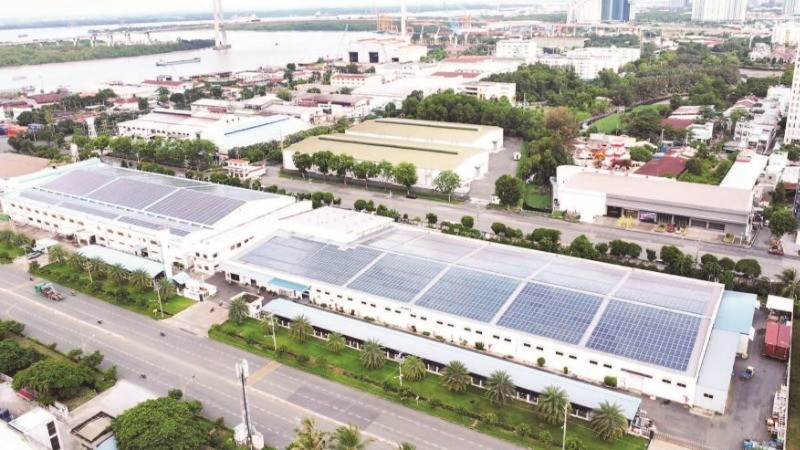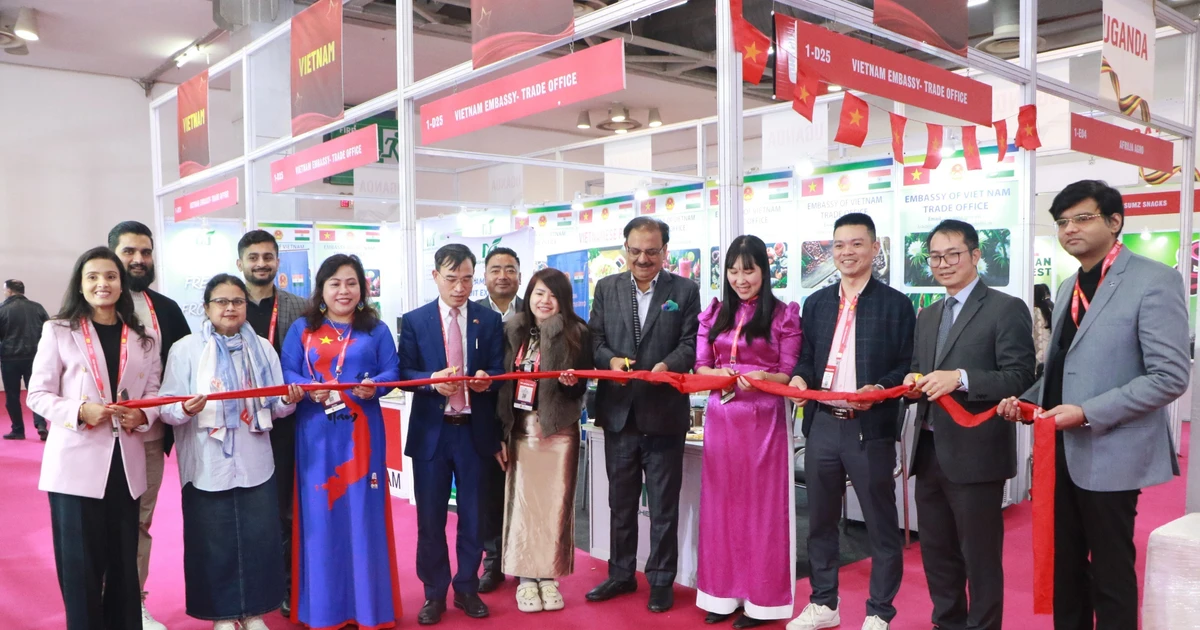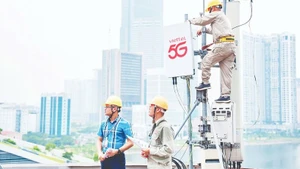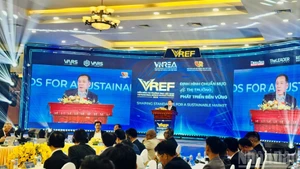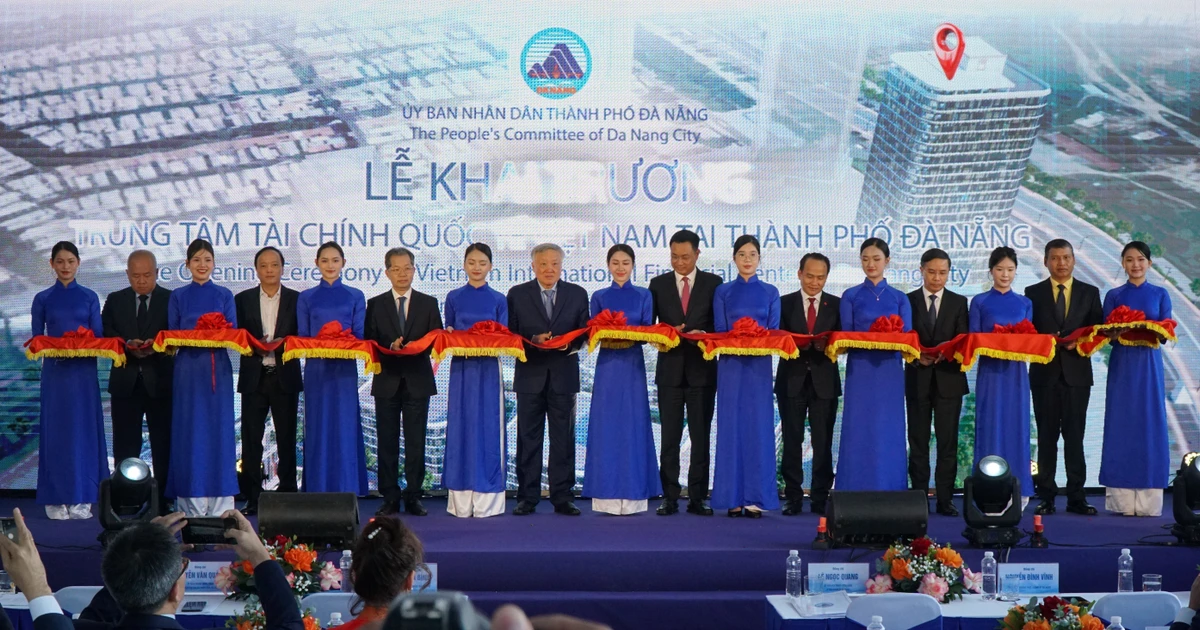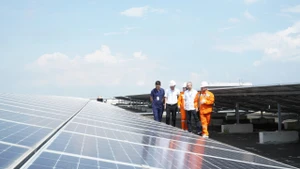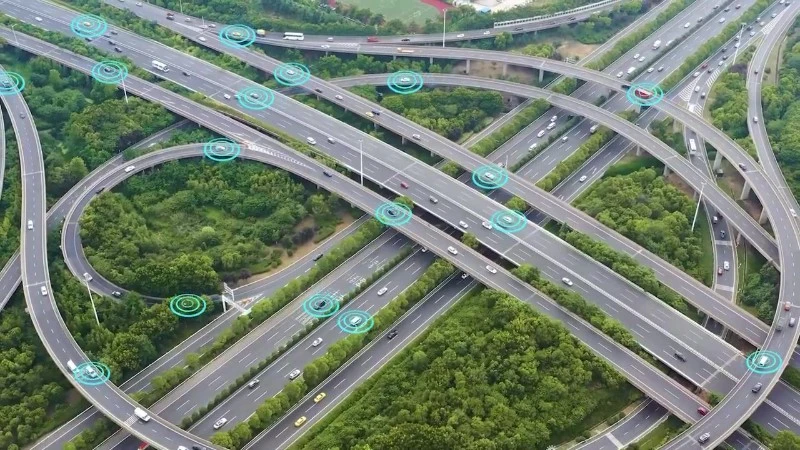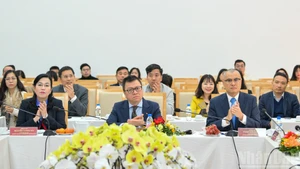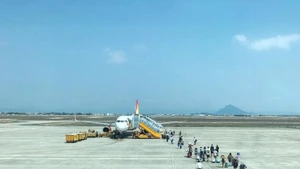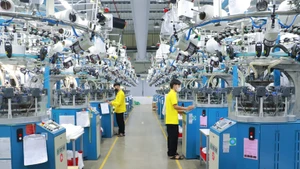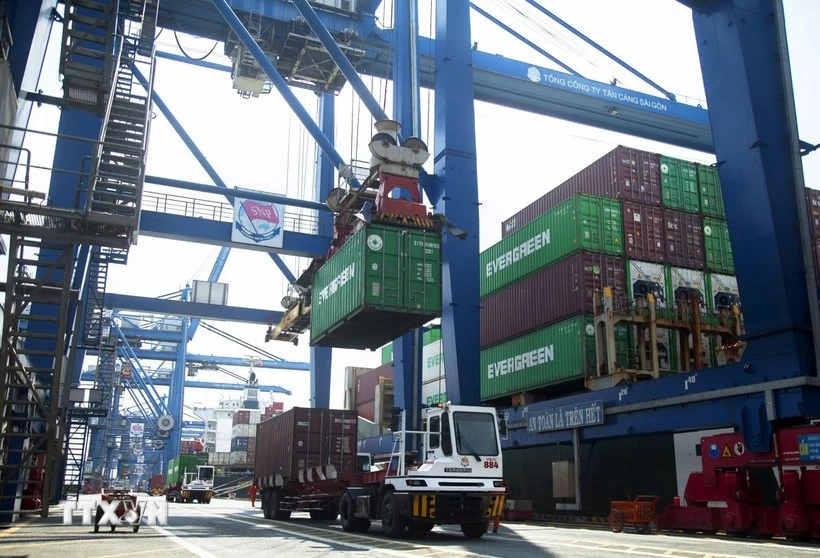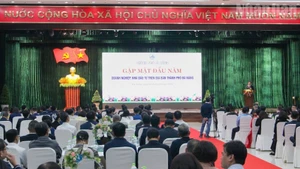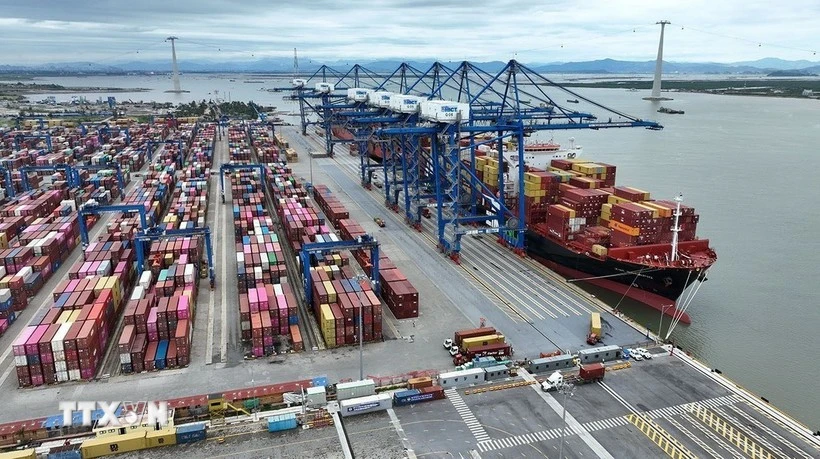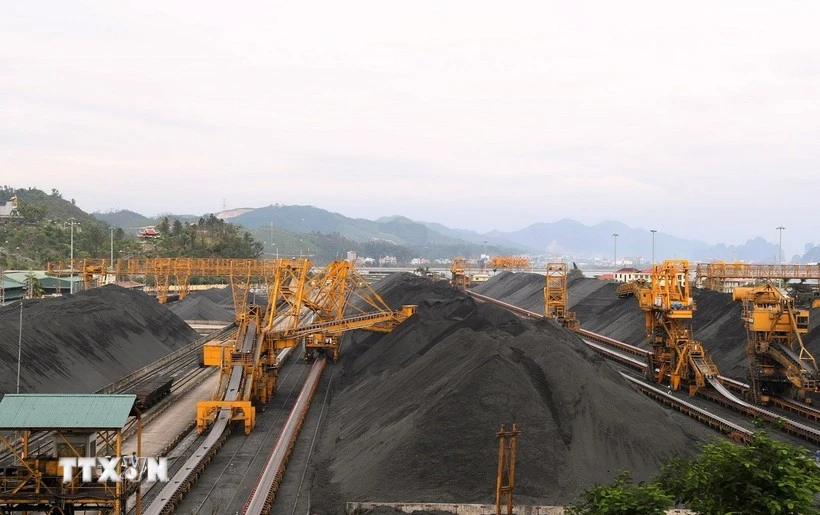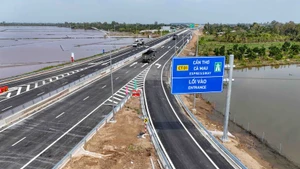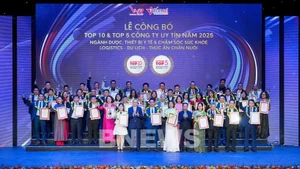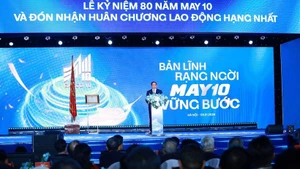Focus on high-tech industrial parks
According to the list published by Hepza, the city plans to invest in 14 new industrial parks with a total area of 3,833 hectares. In the 2025-2027 period, four industrial parks will be developed: Pham Van Hai I, Pham Van Hai II, Vinh Loc 3 and Nhi Xuan. During the 2027-2030 period, five industrial parks will be developed: An Phu, Trung An, Le Minh Xuan 4, Pham Van Hai III and Hiep Phuoc 3. In the 2030-2033 period, five more industrial parks will be added, including Tan Phu Trung 2, Tan Phu Trung 3, Tan Phu Trung 4, Binh Khanh 1 and Binh Khanh 2.
Hepza Deputy Head Pham Thanh Truc stated that the industrial park planning is being implemented across the entire area of Ho Chi Minh City, including Thu Duc City and 21 districts, with a total area of 2,095 square kilometres. Currently, Hepza is coordinating with infrastructure companies to pilot the conversion of five export processing zones and industrial parks, namely: Tan Thuan, Hiep Phuoc, Tan Binh, Cat Lai and Binh Chieu, with the aim of transforming them into high-tech industrial parks, eco-industrial parks, industrial-urban-service zones and logistics centres. This planning also ensures that all industrial parks have centralised wastewater treatment systems meeting standards, while 100% of production and business facilities will meet environmental protection requirements.
Tan Thuan Export Processing Zone is one of five export processing and industrial zones in Ho Chi Minh City being converted to a new model with higher added value. Nguyen Tan Phong, Deputy General Director of Tan Thuan Company Limited, the developer of the Tan Thuan Export Processing Zone, said: “This export processing zone has been operating for 30 years, so the model the company has chosen is based on limited land resources and suitable positioning to transform into a model that is less labour-intensive but increases ‘grey matter’ in production models.”
Tan Thuan Export Processing Zone aims to attract and organise high-quality human resource training services by partnering with institutes and universities to provide training in information technology, semiconductor and so on, so as to supply management experts and engineers for businesses operating in the zone.
Hang Vay Chi, Vice Chairman of the Ho Chi Minh City Business Association (HUBA) and Chairman of Viet Huong Group, suggested: “The city should not focus solely on attracting high-tech industries while overlooking traditional manufacturing sectors with high added value, as innovation value can also be considered high-tech as long as it follows the trend of low emissions in production.”
Prioritising external infrastructure to attract investment
At the recent conference announcing the planning of Ho Chi Minh City’s industrial parks for the 2021-2030 period, with a vision to 2050, the city outlined the spatial arrangement and distribution in industrial zones as follows: Zone 1 (Binh Chanh District) is a concentrated industrial zone for the development of key industries; Zone 2 (Cu Chi and Hoc Mon Districts) is a supporting industrial zone associated with regional connections; Zone 3 (Thu Duc City) is an innovation and high-tech zone; Zone 4 (Nha Be and Can Gio Districts) is a clean industrial zone linked to the maritime economy, environmental protection and nature conservation.
According to Hepza Head Le Van Thinh, in the new development phase, for current industrial parks, the city aims to retain all industrial land resources while transforming them in depth, improving quality and operational efficiency, restructuring industries towards high-tech development, smart and ecological industrial parks, and industrial-urban-service zones.
At the same time, the city will focus on connecting with Binh Duong and Ba Ria-Vung Tau after the merger, in order to create industry linkage chains and attract investment effectively.
Hepza also commits to creating the best conditions for investors in newly formed export processing zones, ensuring streamlined administrative procedures and digital transformation, implementing preferential policies and investment support, and completing procedures and conditions to establish new industrial parks.
Regarding transport infrastructure, many industrial park investors have reported that the city’s major current limitation is the lack of synchronised transport infrastructure, which affects goods transportation and logistics. This obstacle needs to be prioritised and addressed by the city when attracting investment for industrial park development."
Phong said: “Transporting goods to ports is currently very difficult and time-consuming because there are traffic jams everywhere. In export processing zones, recently up to half of the container truck and lorry drivers serving businesses in the zone have resigned, making it very difficult to recruit new ones, as the job requirements are high and there is pressure on travel time.”
According to Ho Chi Minh City Vice Chairman Vo Van Hoan, the city will implement planning in two parallel directions. Specifically, newly planned industrial parks will be modern and synchronised, with priority given to infrastructure outside the boundaries of industrial parks to attract investment.
Simultaneously, the 17 existing export processing and industrial zones must proactively develop technology conversion projects without waiting until the end of their land use terms to begin, while also introducing solutions to stimulate businesses currently operating in the zones to convert their technology early to green technology.
